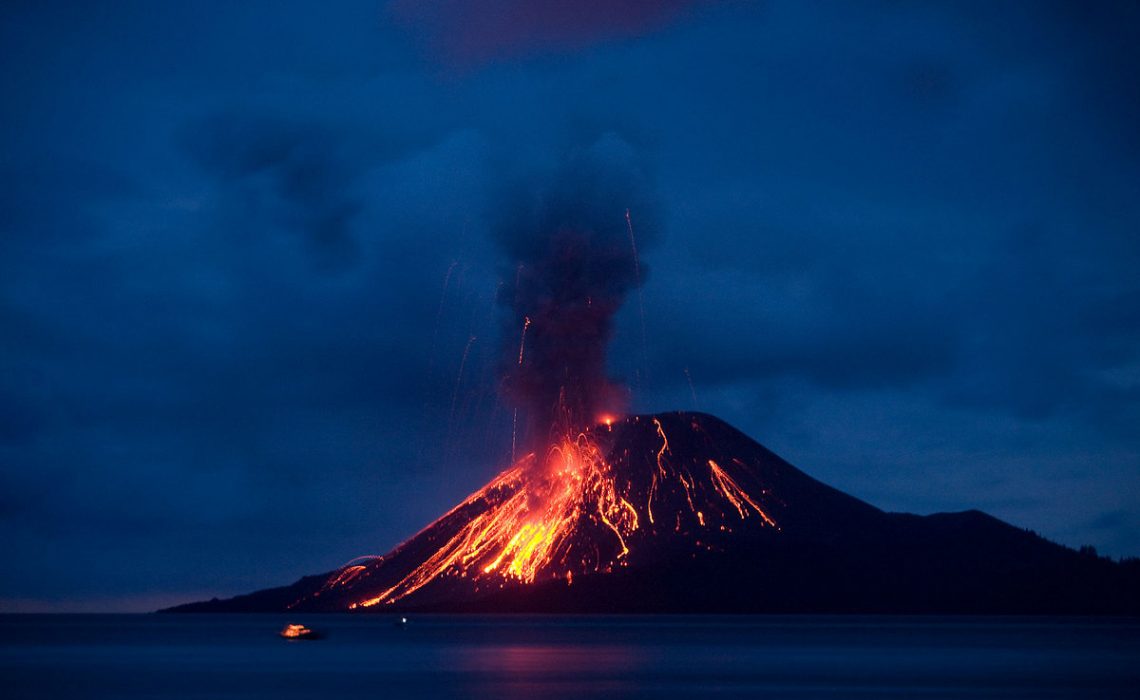
You might also like:
INDONESIA lies on the Pacific rim of fire which can unfortunately mean earthquakes, tsunamis and eruptions. But it also means the landscape is rich in plant life and the stunning vistas offer plenty of chances for exploration.
Here’s a look at different ways you can explore some of Indonesia’s volcanoes.
Gunung Merapi, Java
Aptly named, the Fire Mountain, is one of the most active in Indonesia and has erupted regularly in the last few years, the last in 2010. When it’s not raining down lava rivers and ash, it’s a stunning drive to viewpoints near the mountain which offer fantastic views down to Yoyakarta city nearby.
It’s possible to get a taxi to take you to the mountain or ride a scooter. There are guides available in Selo to take you up to the crater, but it can be attempted without them. It’s about a three-hour climb and many people start out very early in the morning to make it for sunrise.
It gets very hot here so you’re best to make it an early start whatever you do. Always heed local advice about this mountain.
Krakatoa Volcano, Sunda Strait
The eruption of Krakatoa. Pic: Jarrod/thinglink
This volcano lies between Sumatra and Java and is legendary in Indonesia for its eruption in 1883 that killed about 40,000 people and produced a tsunami 30m high that hit 295 villages. Heaven forbid it should erupt again, although in 2011 it did get active and thousands were evacuated from nearby.
It also erupted in 2009 and 2010 and is currently considered very dangerous to climb. It is possible to get to the first level but permits are needed beyond that.
Possibly one of the best ways to get a good view of its smoking crater is by boat. A lot of tours include snorkeling, swimming and sunbathing, making it an excellent itinerary in any case.
Gunung Sibayak, Berastagi, Sumatra

There can’t be many places on earth where you get to hike through lush forest to a volcanic crater and then soak in hot springs afterwards. But that’s Sibayak in a nutshell. It’s not without it’s challenges though.
You can take the road out of Berastagi and the easy way up if you like, or start from Puncak Rijaya and trek through the jungle to the top. But you’ll need a guide as the route is overgrown and poorly marked at times.
You should also take wet weather gear as it rains a lot. Even if you battle leeches, rain and mud to get to the top, you’re treated with incredible views from the top of the smoking vents below. The ideal way to finish it off is to trek down to the thermal pools at the bottom and sink into the warm waters.
Lake Toba, Sumatra

Pic: Klim Levene/flickr
The caldera was formed here by an eruption thousands of years ago and there has been no seismic activity on the lake for a long time. This means it’s possibly one of the safest of Indonesia’s volcanoes to visit, or former volcano if you will.
The beautiful lake that has formed in the caldera is stunningly scenic and boasts fishing villages on its edges, wonderful local food, and biking opportunities if you plan to explore. There are some hot springs on the northern end of the lake if you are inspired enough to journey there.
Gunung Batur, Bali

Pic: Jared Yeh/flickr
Along with the larger Agung volcano, Batur dominates much of the northern landscapes of Bali and can be seen from a long distance rising 700m above much of the landscape.
The summit is 1700m above sea level and there are three trekking routes up to the greater caldera area. All must be done with an authorized guide and usually involves an early pre-dawn start as it’s a long trek and can get hot when the sun gets up.
Those who take it on are treated to stunning views of the island including Gunung Agung. If you’re not interested in climbing the mountain you can get great views of it on the northern coast and drive for a good portion around the base.
The post Under fire: Exploring the volcanoes of Indonesia appeared first on Travel Wire Asia.
Source: travelwireasia.com
